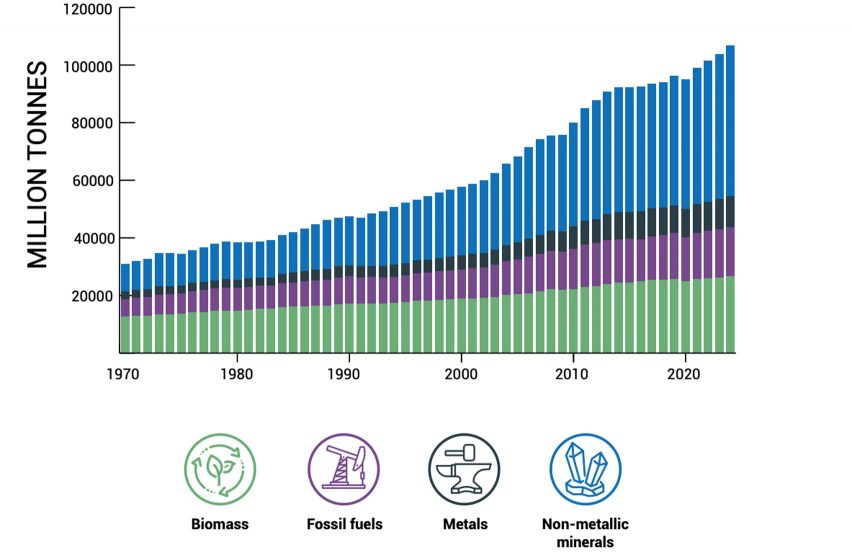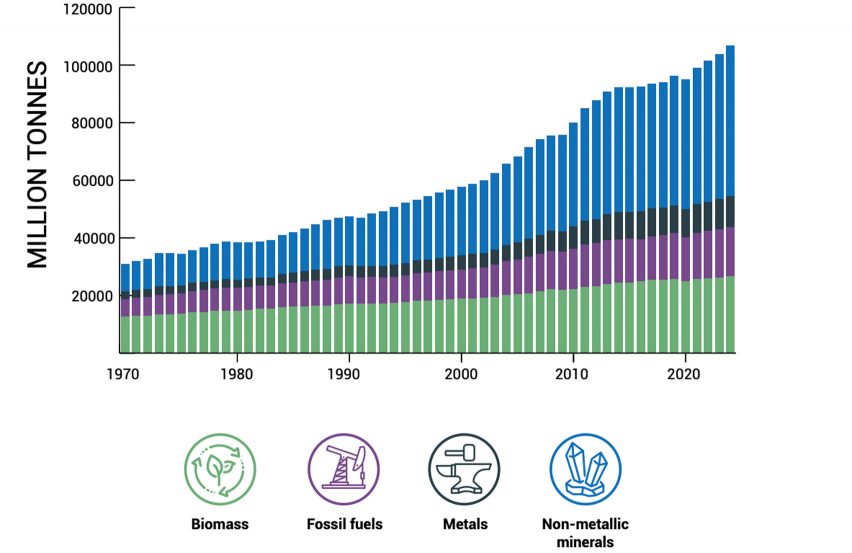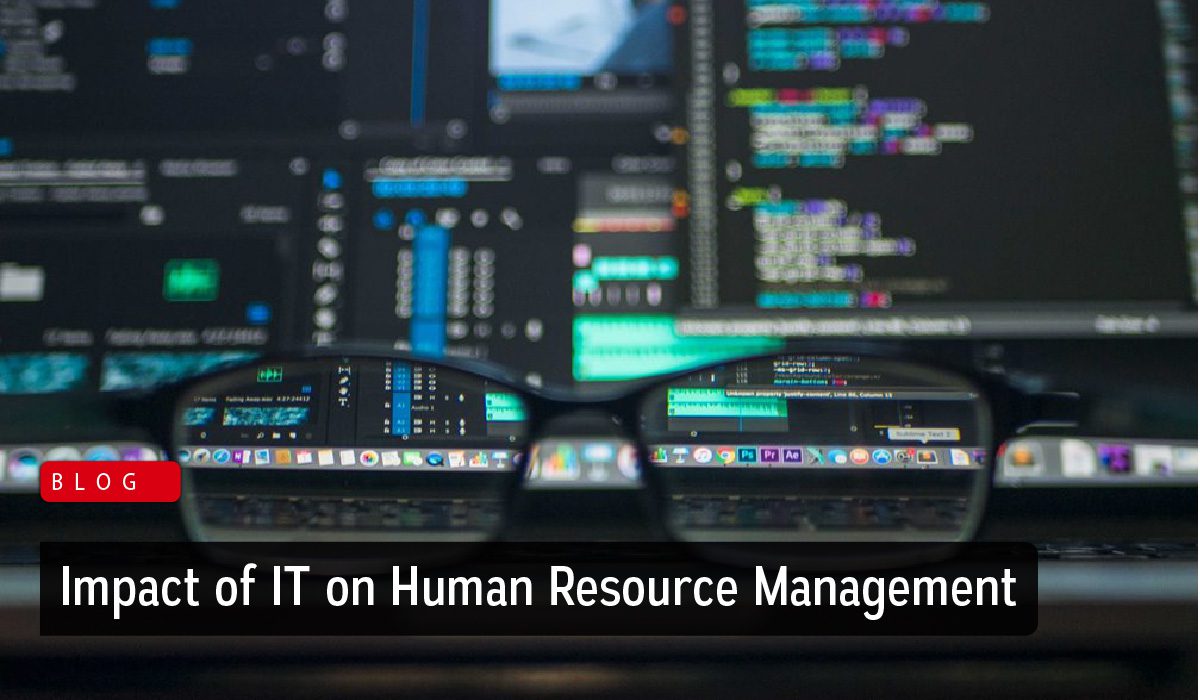This is a guest post from Asma Niaz. Asma is an Academic writer at Zoe Talent Solutions and loves to write stellar content on various educational topics, programs, trainings and courses. Zoetalentsolutions is a premium teaching division, which offers highly professional hr courses to excel at your workplace.
Published 7/12/17. Edited 1/16/20.
Impact of Information Technology on Human Resource Management
Nowadays, entrepreneurs with business acumen have acknowledged the power of information technology (IT) tools for reaching business targets. It not only helps achieve the business goals but also optimizes the work processes.
Human Resource Management (HRM) includes activities such as recruiting, training, developing and rewarding people in the organization. HRM must aim at achieving competitiveness in the field of HR by providing constant educational and training programs for the personal and professional development of the employees of the organization.
It has been conventionally proved that Information and Communication Technology (ICT), such as the Internet, mobile communication, new media, and such in HR can greatly contribute to the fulfillment of personnel policies of the organization. Technological advancement can have a huge impact on the HR department of an organization. It allows the company to improve its internal processes, core competencies, relevant markets and organizational structure as a whole.
Human Resource must mainly be focused on the strategic objectives of the organization. These strategies must be led to incorporate an IT strategic plan for the organization. These are activities related to any development in the technological systems of the entity, such as product design (research and development) and IT systems.
Technology development is an important activity for the innovation process within the business, and may include acquired knowledge. In the context, all activities may have some technical content, and results in greater technological advancement.
Information Technology may have a greater impact on organizations that exist in a dynamic environment. This will lead to greater efficiency and effectiveness of the Human Resources. Hence, utilizing IT application for database management and advances recruitment system will increase the efficiency of the business.
However, innovation in Human Resource Management can manifest itself in a number of ways:
- To identify solutions quickly and flexibly during a negotiation
- To identify new ideas for products and services
- To identify new markets
Innovations such as these are supplemented with Information Technology to create a positive impact in HR. Rosabeth Moss Kanter, one of the leading management theorists of her time, argued that the re-birth and success of business organizations will depend upon innovation (developing new products, introducing new services, and operating methods), entrepreneurship (taking business risks) and inclusive management (encouraging all employees to participate in making decisions about work).
Information and Communication Technology (ICT) can make the following major impacts in Human Resource Management.
1. Better services to line managers
Both HR and line managers primary interest is the success of the business. The human resource’s main function is to support the workforce needs of the organization. Strategic planning between HR and line managers is important for reviewing projections concerning future business demands to determine whether to train current employees, to prepare them for promotion or to recruit candidates with the higher level of skills to supplement the current employee knowledge database. Training and developing the line managers in IT tools will, therefore, prepare the line managers for a number of leadership tasks.
2. Enhancing management
Human Resource IT tools that can supplement management and enhance efficiency and effectiveness, which can lead to the success of the organization as a whole. For example, currently, SuccessFactors Solutions has developed an HR IT tool of talent management for Hilton Worldwide, which had a worldwide operational capacity. Organizations across the world are driving to improve organizational performance regardless of the size of the organization or the industry. Managers within the organization measure performance, sometimes by comparing it against a benchmark. They analyze and assess their findings and design their controls accordingly to advance the organization’s performance.
According to the Gallup survey, engaging your employees to organizational goals is the key feature of every business. The management should also ensure that all departments are improving its procedures and controls and targeting its activities on better achieving the company’s competitive differentiation through what the employees do and how they are doing it. These can be better utilized by customized HR IT tools according to the organization.
3. Effective recruiting
Nowadays, organizations have realized that effective recruiting cannot be done without the use of IT. Organizations now use job portals on the internet to search for the best candidates for the position. The process has been made effective with the use of the internet as many people come to know of the offer and hence increases the probability of hiring efficient employees.
Employers can present all necessary information related to job, careers and personal development of each employee on portals online. This is a great promotional tool for the organization. Currently, Envoy has developed Asana, an IT tool for recruiting that analyzes details down to where a potential candidate’s high priority values are. The HR IT tools not only help hire the best potential but also retain it.
4. Data management and critical analysis
Data management becomes easier when IT is used and it becomes paper-free. Many of the monotonous work is no longer manual. This increases the efficiency of the work and the effectiveness of it. Organizational performance can lead to the timely success of the business whether in a stable or an unstable environment. Jobs that do not offer much variety in their performance and are of a highly repetitive nature are disliked by employees and eventually results in low retention or decreased effectiveness.
Employee’s performance data can be critically analyzed by the HR IT tools more often if it’s online and becomes readily accessible to everyone. For instance, Zenefits has recently developed an HR IT tool, which has made Passport completely paperless. The tool is further hierarchy sensitive and pings the manager for approval once it is submitted. Thus letting an individual get rid of the hassle of filling the paperwork. Thus by developing this HR IT tool, Zenefits has helped Passport radically simplify and manage its HR internal processes.
5. Inventory management tools and human resource management
Entrepreneurs with business acumen describe that the performance of an organization can be made more effective and efficient by customer intimacy, operational efficiency, and leading edge. Customer needs must be met by customization and by providing outstanding customer instances. For this purpose, organizations use HR IT tools to provide a universal set of products and diversify the business by providing improved products and services.
6. Cost-reduction and efficiency
Considerable benefit can be obtained as various reports can be made using IT tools.
Xero wanted to save its resources and make them easier to manage. Xero then implemented PlanSource’s benefits system and ACA compliance technology with their payroll provider and now all their benefits are in one place and easy to access. This lead to cost reduction and efficient and work processes. Johnson, Scholes and Whittington have rightly said, “Poor performance might be the result of an inappropriate configuration for the situation or inconsistency between structure, processes, and relationships.” Organizational performance can be increased by implementing management by objectives and using a participative style of management through Human Resource Information Technology tools. The management of an organization is accountable to the owners of the business for the performance and the achievements of the organization. Managers can perform well and justify their authority only if they produce the desired economic results, for instance, the profits they have desired to achieve in a period of time. Management often uses the Operation’s Research to maximize the profit, yield, utilization and the performance. The management of an organization usually creates a measurement system to set targets for change and measure organizational performance.
7. Customer service and human resource management
Organization performance can also be described by evaluating the reliability of service and by understanding the quality of customers of the organization. Value can come from providing a reliable service, so that the customers know that they will receive the service on time, at the promised time, to a good standard of performance. As organizational change is inevitable, critical success factors and key performance indicators should be revised, and relevant Human Resource IT tool must be devised for the better quality of work. Doing good quality work and providing quality results will increase organizational performance.
8. Career development and human capital management
The career planning tool is a learning and knowledge-based system that helps successful businessman around the world to manage their personal development and career paths along with those of their employees. Performance evaluation and career progression can be a key motivating factor for the employees to work effectively and efficiently. Performance measurement and reward systems in an organization establish views of priority i.e. what is important and what is not so important. Thus sound performance evaluation systems HR IT tool is crucial for the organization. The system must be a sound one so that people can rely on it. Rewards systems should be amended so that the rewards to managers and other employees are based on performance targets as stored in the HR IT tools. Employees should be rewarded for performance based on the desired behavior and results as per the HR IT tool database. Also, according to Vroom, one of the best management theorists of his time, instrumentality (rewards system) affects motivation for the increase in organizational performance. Managers must keep their promises that they have given of rewards for performance and try to make sure that the employees believe that the management will keep its promises. However, performance targets do not usually have to be financial targets. They can be in other forms such as recognition, promotion etc.
One of the major processes of HR is the Human Resource Development core process. This HR tool provides all information about the employee’s succession planning, evaluation of overall performance and the review of individual potential including the employee’s detailed profile. It also includes an agreement between the individual and the supervisor on business targets over a period of time periodically. Thus leading to a continuous development of the employee’s career. The great advantage of this tool is that data once entered into the system is stored in the database and can be attained in the future. This leads to considerable cost saving as well. Recently, Standard Life Group provided HR resource cost optimization tool to Oracle Human Capital Management Solutions. It is further contributing to the strategic transformation of the company by building the empowered workforce. Employees need feedback about their performance. Employees need to be communicated about their actual performance and their expected performance. In this way, they will know their own performance level within the organization. Bonus must be kept for employees who work overtime and provide efficient results. This HR IT management tool incorporates all such data.
According to the survey of 37 companies in Turkey applying IT in HRM, the employees expressed that their business environment satisfies them and they work efficiently. The survey confirms that these companies use HR IT tools and should contain all HR processes which will sustain all parts of HR it means from ”Recruit to Retire” functions within the company.
Human Resource IT tools have great organizational effects; provide better services to line managers, serve as a pipeline connecting a personal policy and personal processes in all organization, facilitate personnel management in the company, provide important data for a strategic personal decision-making and enable a quick acquiring and analysis of information for HR assistants and reduce cost labors at performance of personal activities.
Globalization makes us realize how IT can contribute to the fulfillment of business strategy in the frame of Human Resources management in order to direct the business towards quality and to reach the competitiveness in the market. Research reveals that information technology sustains reaching the HR goals moderately and the precise plan of implementation of HR information system can significantly support HR strategy in the company to attain defined key performance indicators (KPI). This should mainly contain what has to be achieved. It means how he HR IT tools can support the KPI and which kind of HR IT tools should sustain.
The following was added 1/16/20.
9. Automation of HR processes
Human resource management is an incredibly complex domain that involves many processes. And it often happens that HR specialists spend too much of their precious time on mundane, monotonous activities instead of focusing on more serious issues.
The implementation of technology into the HR workflow frees the professionals from a great amount of routine work. The automation of processes eliminates paperwork, speeds up the execution of many tasks, and contributes to more efficient HR performance.
The advancement of technology means companies can use the latest innovations, such as machine learning to screen resumes and augmented reality to onboard new employees.
It is important to remember though that the whole HRM domain is impossible without people. A lot depends on the empathy and experience of an HR specialist, but the deployment of technology can significantly improve the quality of work of a single specialist.
10. Availability of HR tools
Some time ago, HR specialists struggled with endless phone calls, emails, and paperwork. They had to keep dozens of processes and tasks in mind. Now, there are hundreds of available HR tools that are designed specifically to facilitate and optimize the work of HR specialists.
The features of the HR software include:
- Streamlining workflows
- Organization and management of employee data
- Creation of detailed employee records
- Social collaboration
- Management of payroll, vacation, and bonuses
The transition to a digital working environment enables modern HR specialists to perform certain tasks in a faster way and thus, pay more attention to such issues as the satisfaction of the employees, optimization of the recruiting and onboarding processes, employee motivation, etc.
11. Advanced candidate search
One of the main responsibilities of an HR specialist is finding and recruiting the specialists that a company needs at the moment. IT significantly changed the way these processes are approached.
First, the Internet granted HR specialists an opportunity to search for candidates worldwide. Freelance workers have now become a common thing, and collaboration with freelancers may be even more beneficial than hiring an in-house team. There are numerous benefits of working with freelancers: flexibility, affordable rates, specific skillset, and many more. In this way, HR specialists can fill the gap that their in-house team lacks and find a perfect candidate anywhere in the world.
Second, HR specialists can use advanced tools (i.e. Artificial Intelligence) to screen the resumes and pay attention only to those profiles that strictly match the requirements. This greatly speeds up the search process and helps to find the most suitable candidates.
Finally, HR specialists now have access to various online platforms where they can find candidates: Stack Overflow for developers, Quora for managerial positions, etc. The availability of such resources expands the talent pool and grants HR specialists new opportunities in terms of the candidate search.
12. A new way to brand a company
Company branding is an important factor in attracting and retaining employees. Thanks to IT, companies now have an option to build strong online presence and reach numerous potential candidates with minimal effort.
Thorough website branding and design, presence on major marketplaces and online communication – all these factors promote direct interaction between a candidate or employee and a company.
Social media plays a huge role in the company’s branding, too. Social platforms became the key source of information, and candidates are most likely to search for a company on LinkedIn than through traditional sources. Hence, companies should consider what kind of image they would like to build and what values and messages they want to transfer to the users.
Finally, don’t forget the mobile business applications. A mobile application is an amazing way to redesign a company’s brand in accordance with the demands and interests of a target audience, and add interactivity to it.
IT has greatly expanded not only the talent pool but also the way HR specialists can reach top talent and promote the company online.
13. Analytics grants access to more data
Finally, Information Technology granted HR specialists access to sophisticated analytics, taking their work to a new level.
Previously, HR specialists had to rely on guesswork and intuition when evaluating the employees, their level of motivation and satisfaction, and the efficiency of HR processes. Now, they can rely on the data and see all the processes and work results reflected in numbers.
With the help of analytics, HR professionals can track down the candidate’s journey and see at which point most people reject (or accept) an offer, how many people are involved in the processes, what percent of employees open their emails, and many other important events.
In this way, HR specialists can make data-driven decisions and use past experience as a base to redesign and optimize current processes.








